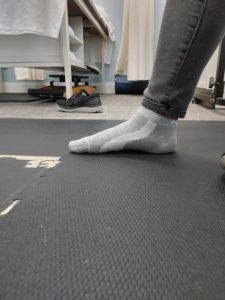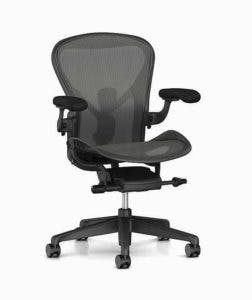What Is Autism?
Autism, or autism spectrum disorder (ASD) describes a range of developmental conditions that
affect how a person communicates, interacts, and behaves. ASD is called a spectrum disorder
because the symptoms and severity can vary widely from one person to another.
Typical signs and symptoms of autism include:
• Having difficulty with communication and social interaction
• Restricted or repetitive patterns of behavior such as repeating words or phrases, lining
up objects, or having intense and narrow interests
• Sensory issues, such as being over- or under-sensitive to sounds, lights, or textures
How Can PT Help?
Children with autism also often have difficulties with motor skills, which affect their daily
functioning and quality of life. For example, they may have trouble with balance, coordination,
motor planning, and body control. They may also have low muscle tone, which can make them
appear floppy or weak. These challenges make it hard for them to participate in physical
activities like playing games or on playgrounds with peers, which are important for both their
physical and mental health.
Physical therapy can help children with autism overcome these difficulties and improve their
motor skills. Using individualized and structured interventions, pediatric physical therapists help
children with autism learn new skills and practice them in a fun and motivating way. Physical
therapy can also help children with autism develop a positive attitude toward physical activity
and enjoy the benefits of exercise, such as improved mood, energy, and sleep.
Improved gross motor skills and increased physical activity can also support the development of
other areas that are affected by autism, like social and emotional skills. Physical activities can
provide opportunities for children with autism to interact with their peers and family, express
their feelings, and follow rules and directions. Physical therapy can also help children with
autism cope with sensory issues, such as hypersensitivity or hyposensitivity to touch, sound, or
movement, by exposing them to different stimuli and helping them regulate their responses.
How Do I Find A Qualified PT For My child?
If you think your child with autism may benefit from physical therapy, you should consult with
your child’s pediatrician, who can refer you to a physical therapist who specializes in working
with children with autism. You can also search for a physical therapist near you using the
American Physical Therapy Association website.
References:
• Research (peer-reviewed)
o Physical Activities for Children with Autism –
https://pubmed.ncbi.nlm.nih.gov/32192008/
o Exercise for children with autism – https://pubmed.ncbi.nlm.nih.gov/31615098/
o Physical activity effects on sleep and executive function –
https://pubmed.ncbi.nlm.nih.gov/30663324/
• Articles and Content
o Recognizing Autism in Healthcare – https://pubmed.ncbi.nlm.nih.gov/34983217/
o Autism – diagnosis and management – https://www.nice.org.uk/guidance/cg142
Supporting people with autism 19 or under – https://pubmed.ncbi.nlm.nih.gov/34283415/





















